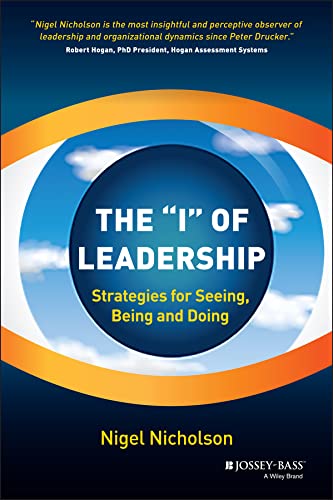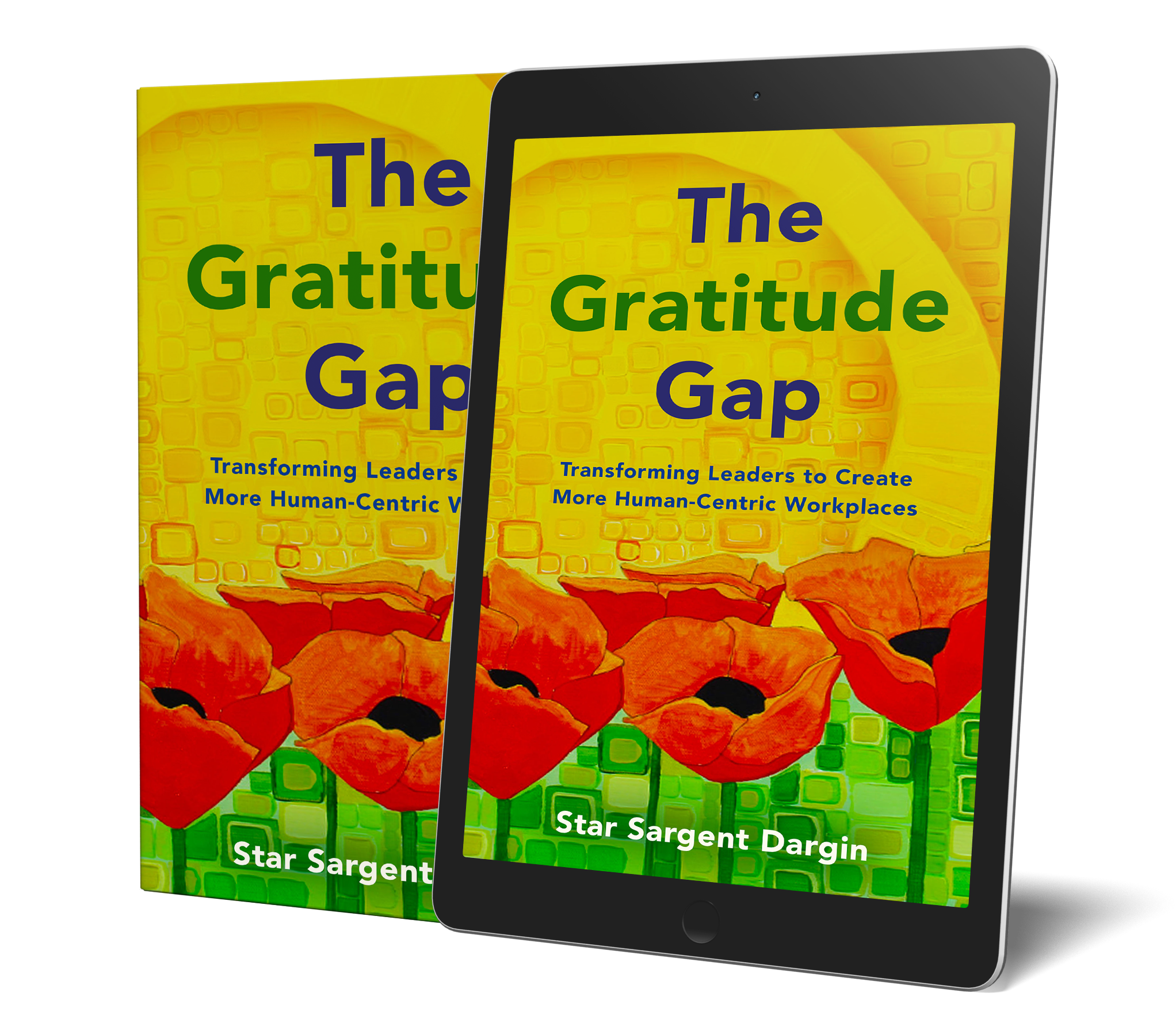Great leaders need to answer the “Who am I and why and I here?” with conviction, honesty, and purpose that will create the bond of trust that the most powerful actions require, says the author.
Why another book on Leadership? Because what leaders do matters. The book draws you in immediately by telling the story inside the head of Bush when he was informed of the Twin Towers being hit.
Each leader has a will and choices to make at critical moments. Being aware of the process, the constraints, the person, the seeing, being, and doing can be helpful to everyone who is a leader or maybe a leader.
Depending on your interests and background, each of the three integrated sections (history, strategy, and self-management) will appeal more or less.
There are so many things he said that I’ve highlighted and passed on; here are four:
1. Generalizations about Leadership are all bound by their context.
2. The incoming leader needs to ask, listen, watch, wait and then…think for themselves.
3. The truth is that our visible qualities were once no more than suggestions.
4. The key to leadership effectiveness is getting this right – when to bend; when to stand firm; when to shape; when to be shaped; and, of course, when to do nothing and wait until the time is right for us.

This book uses the stories of many fictional and real leaders, famous and not, to illustrate its points. Some of the stories are built upon throughout the book. Duke Ellington’s leadership story was one I knew the least about and enjoyed learning.
It was a slow read and had too many acronyms like:
SPQ = Situations, Processes, and Qualities
DDD = Destiny, Drama, Deliberation
CLR = Critical Leader Relationships
It was educational, entertaining, and practical. It should be considered a classic on Leadership. It encompasses the whole of Leadership and puts a working framework around it. I highly recommend it to teachers, consultants, coaches, and anyone interested in Leadership.

